As summer draws to a close, ushering in the colder, darker, and wetter days of autumn and winter, motorists are reminded to prepare their vehicles for the changing conditions.
After a summer often spent transporting family and friends or embarking on holiday adventures, cars will soon face more challenging environments in the colder winter months.
Ensuring your vehicle is in peak condition is crucial for road safety, protecting not only yourself and your loved ones but also other road users.
Proactive maintenance now can mitigate risks and prevent issues as the weather deteriorates.
Taking the necessary steps to ready your car ahead of time is essential for safe and reliable winter travel.
Give your car a service
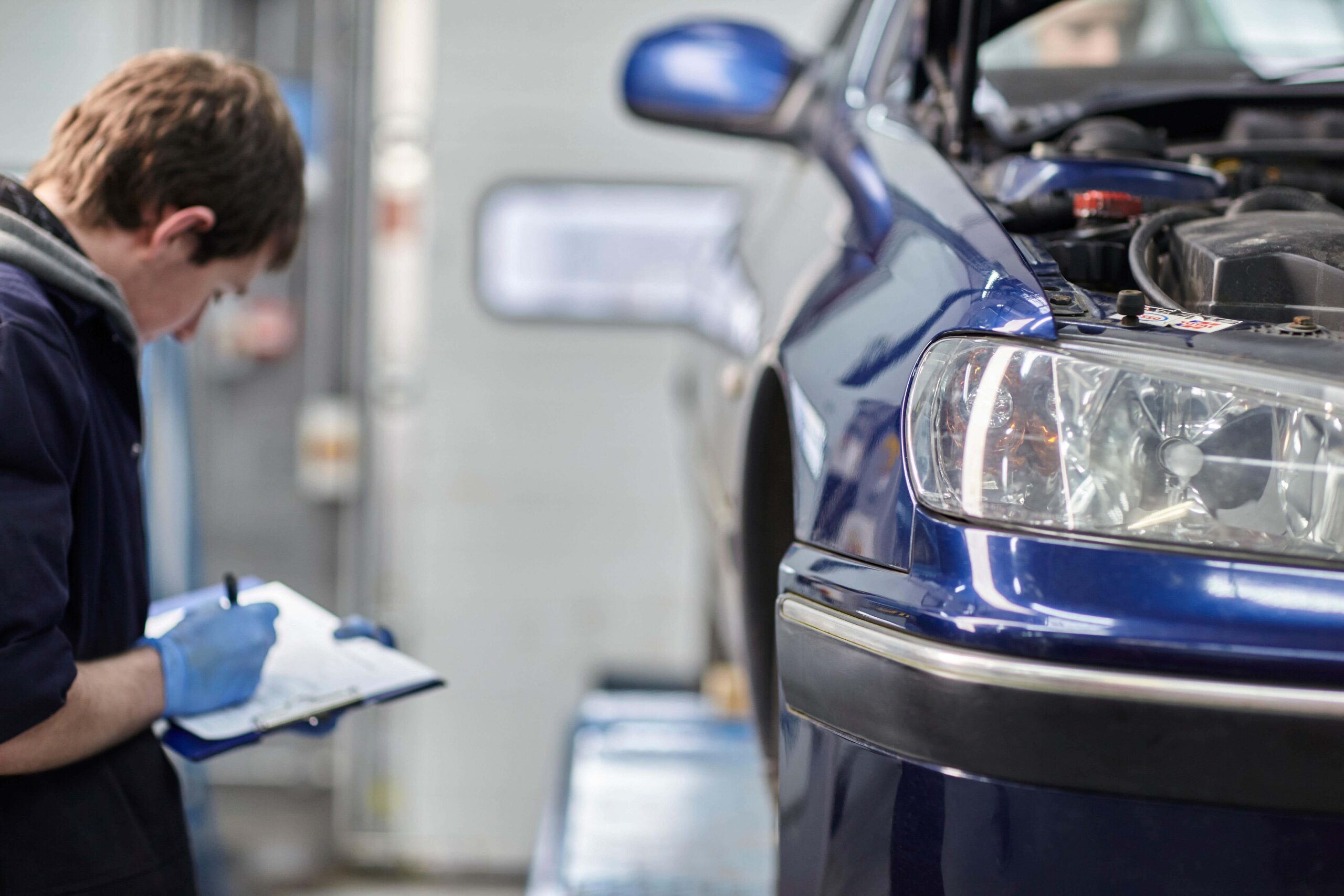
There is nothing better than giving your car a full service when it comes to vehicle maintenance.
Fresh oil and filter, pollen filter, air filter, spark plugs and new brake fluid can ensure that your car runs smoother, is more reliable and it gives it a clean bill of health too.
If you’re not confident to service your car yourself, then there are plenty of reputable garages out there who can do the job for you, with prices ranging from £200 to £400 for a full service on your vehicle.
Make sure all of the electrics work
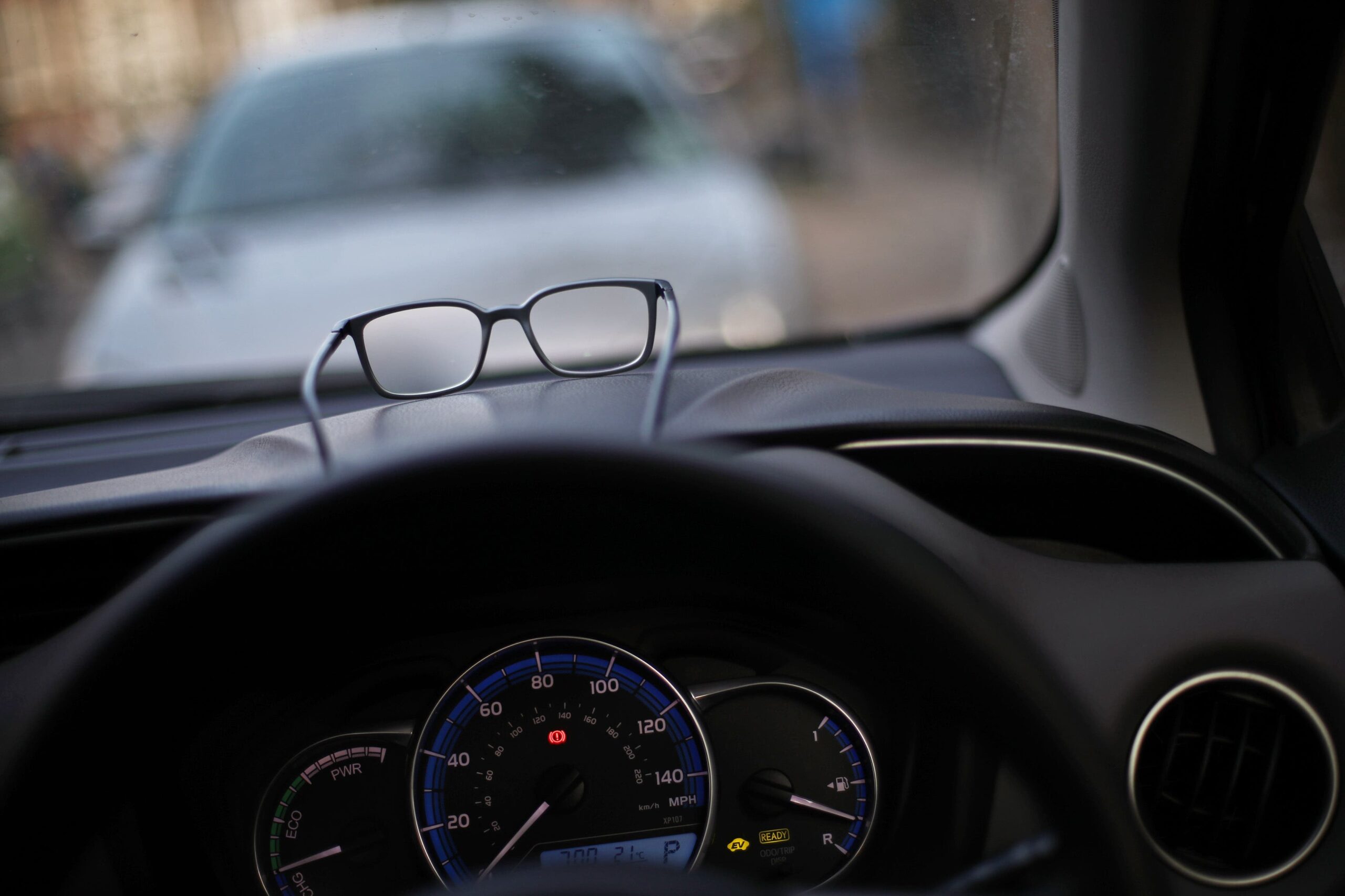
As the darker days are nearly here, your car’s electrics must work how they should.
Headlights are one of the most important safety features on a car, so make sure that all of the bulbs have not blown. Turn all of the lights on, including the dipped and main beams, as well as the hazard warning lights.
Another useful tip is to check that the rear brake lights are working, along with the side lights.
If you’re on your own and you haven’t got any way of checking them, reverse your car up to a wall to see if the lights reflect back, or if you have got someone to hand, get them to press the brake pedal, so you can check.
If you find any blown bulbs or electrical faults, make sure you rectify them immediately, as driving around with limited visibility is dangerous.
Check the condition of the tyres
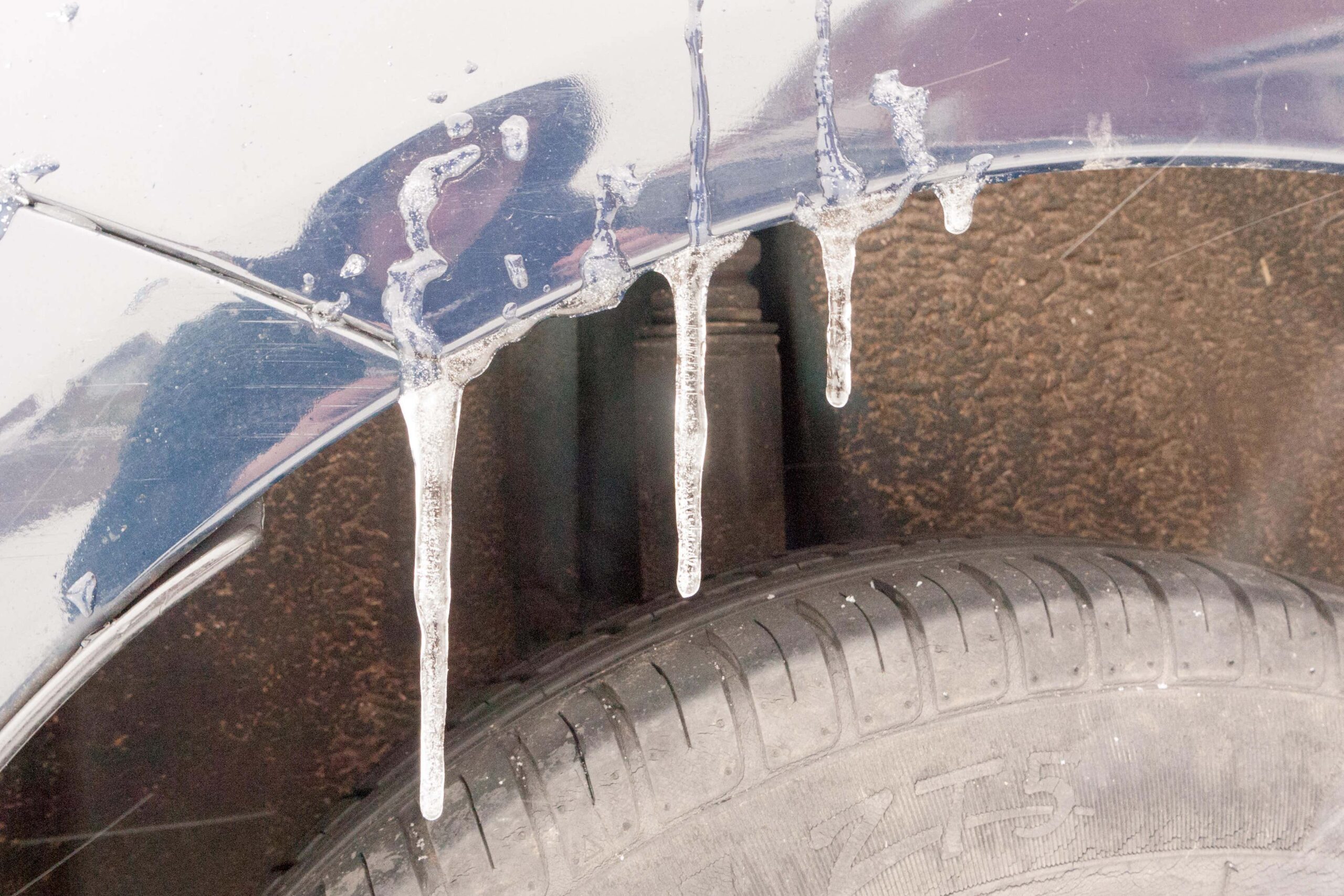
Another important safety feature fitted to your car is the tyres, as they make sure the car grips to the road.
Here in the UK, car tyres need to have a minimum of 1.6mm of tread in order to pass an MOT and be regarded as ‘safe’ to use on our roads.
Check your tyres for any other signs of wear, including cracking around the sidewalls, perishing, damage such as cuts and tears and also check the date they were produced, as old rubber won’t be as effective in slippery conditions.
Plus, always check the tyre pressure too. All cars will come with a label located somewhere within the vehicle, to tell you the manufacturer’s preferred PSI reading, which will make sure the tyres are correctly inflated.
If they’re not, it could cause a blowout. It can also lead to increased fuel consumption.
Top up the screenwash
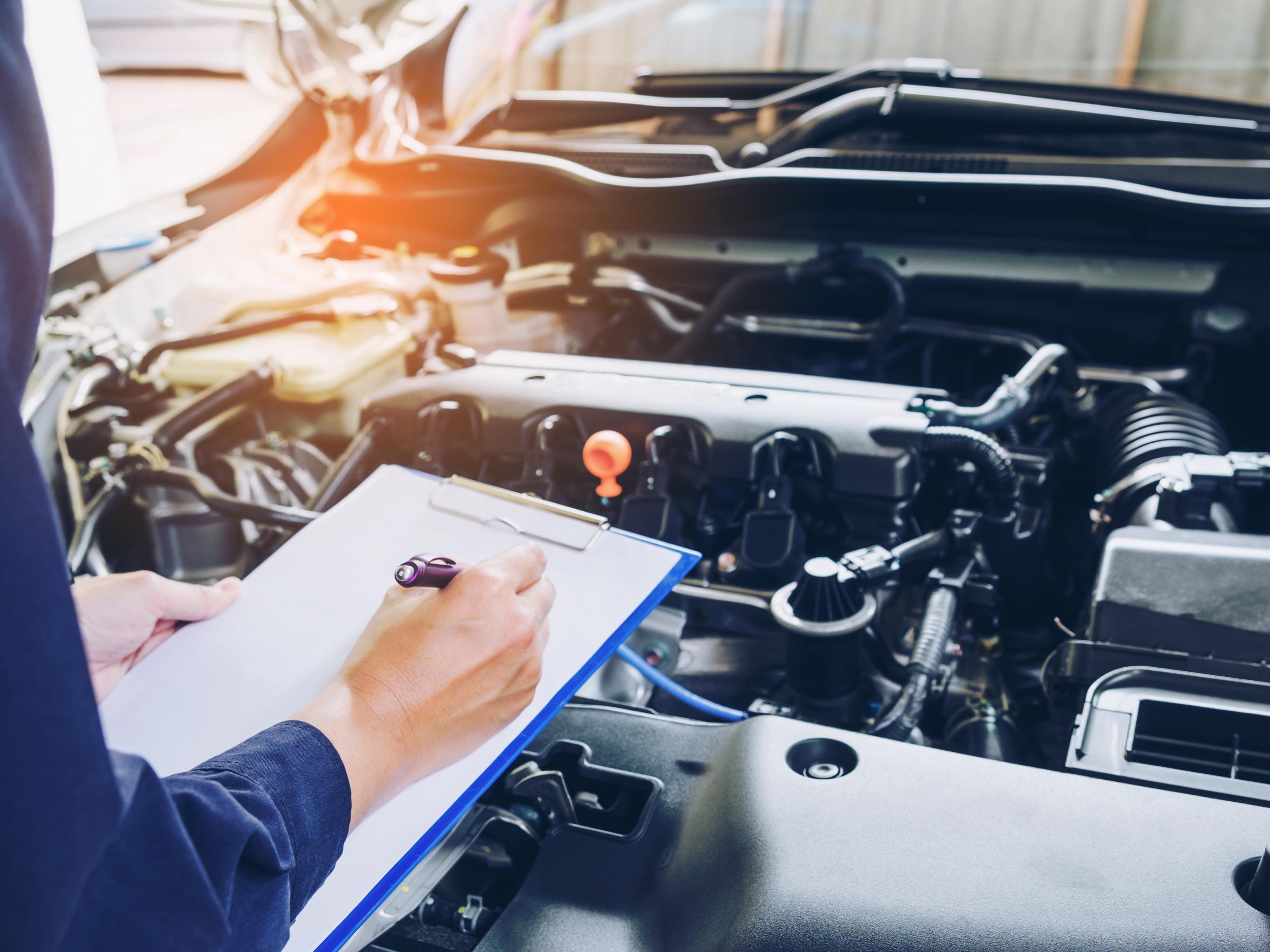
Don’t forget that topping up fluids such as screenwash is an important safety measure.
Make sure to use a decent-quality screenwash, as you’ll need to clear your windscreen regularly during the salty and damp conditions.
Running out of washer fluid stops you from being able to properly clean your screen, which is particularly important when the weather is bad.
Replace the wiper blades
It might not sound that important, but wiper blades are a crucial tool for keeping your car’s windscreen clear.
Check the wiper blades for any splits or tears in the rubber – it’ll mean they’re due for a change if you find any.
If the wipers are clearing the screen, but are juddering or squeaking against the glass, it might just be a case of cleaning the rubber blades, and you should be good to go.
However, if the wipers are not clearing the screen effectively, then you need to replace them, as it can be dangerous to drive with limited visibility and will cause your vehicle to fail its MOT.
Check your car’s coolant level
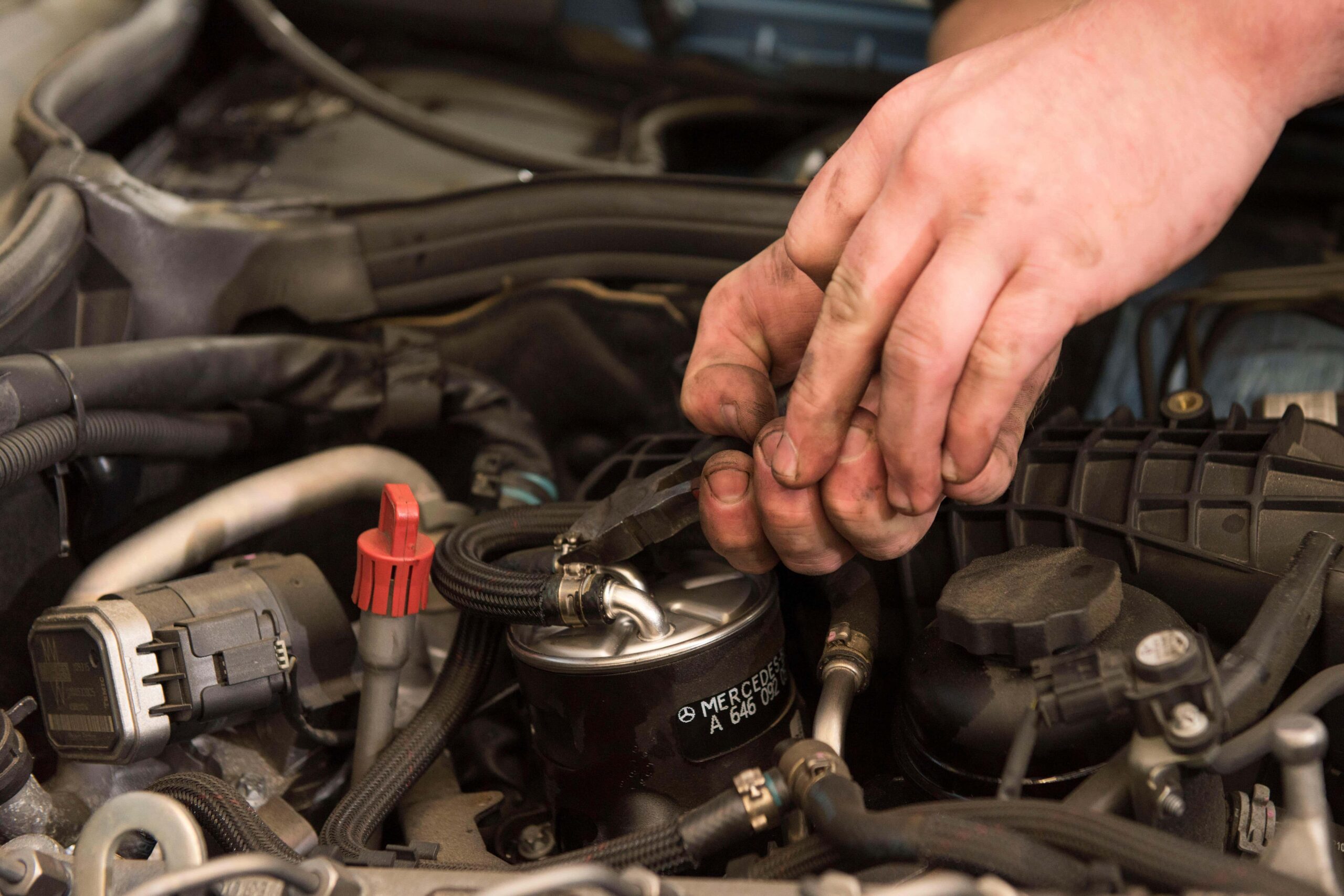
Coolant works in winter by ensuring that no damage is caused to the engine when temperatures fall.
Most coolants should last the life of the car, but in some instances, your car’s coolant level can drop if there is a fault with the system.
Always double-check the coolant level before you go on a long journey, and if you’re unsure, your car’s owner’s manual should have the correct coolant and mix to use, if you need to top it up.
Rectify any faults

If your car has recently had an MOT and has passed, but there are a few advisory notices, we’d recommend you get them fixed straight away.
An advisory is there to tell you that even though your car is safe to use on the road, you need to monitor the defects, as it could potentially fail the next MOT.
The last thing you would want is to break down, cause an accident or injure someone through poor vehicle maintenance.
